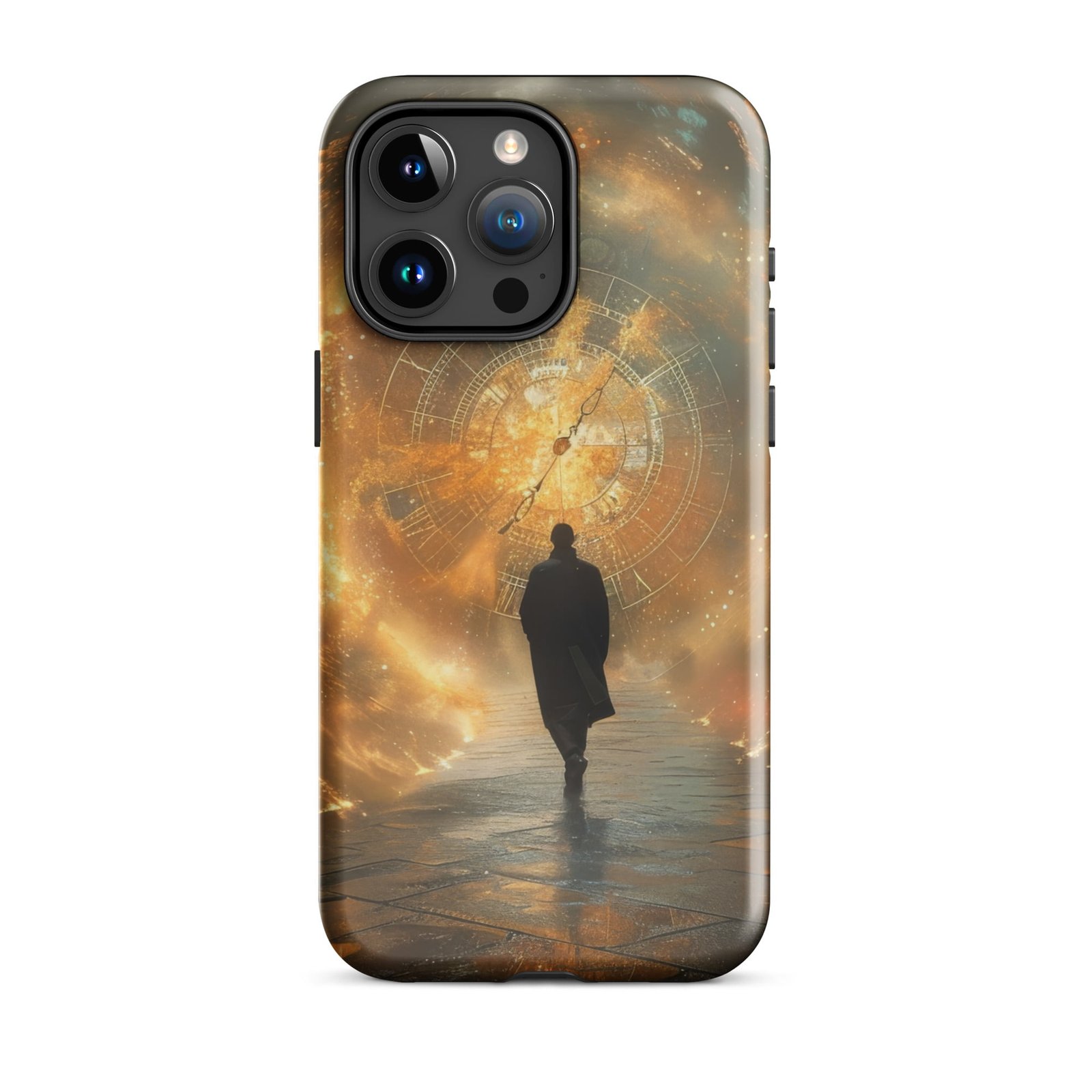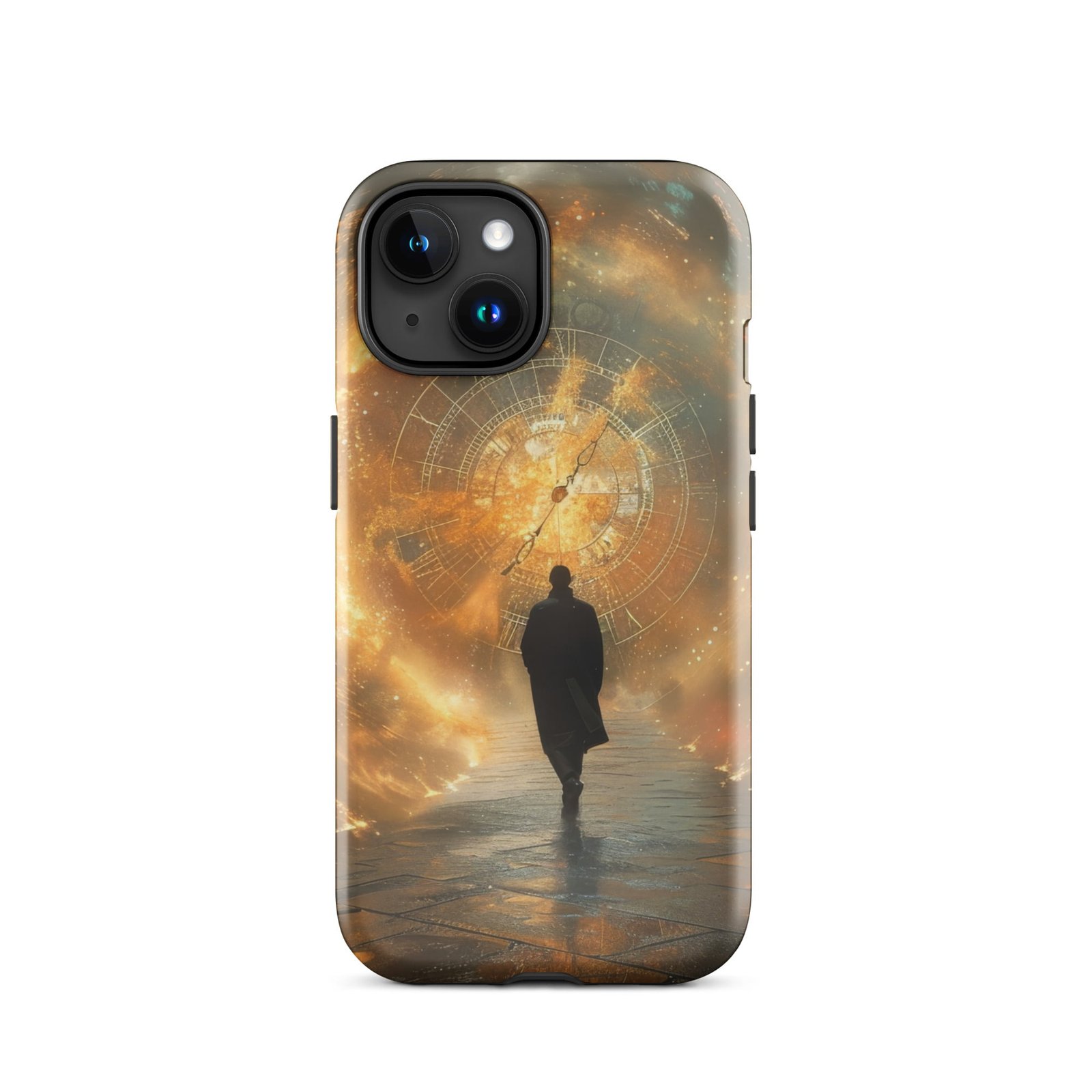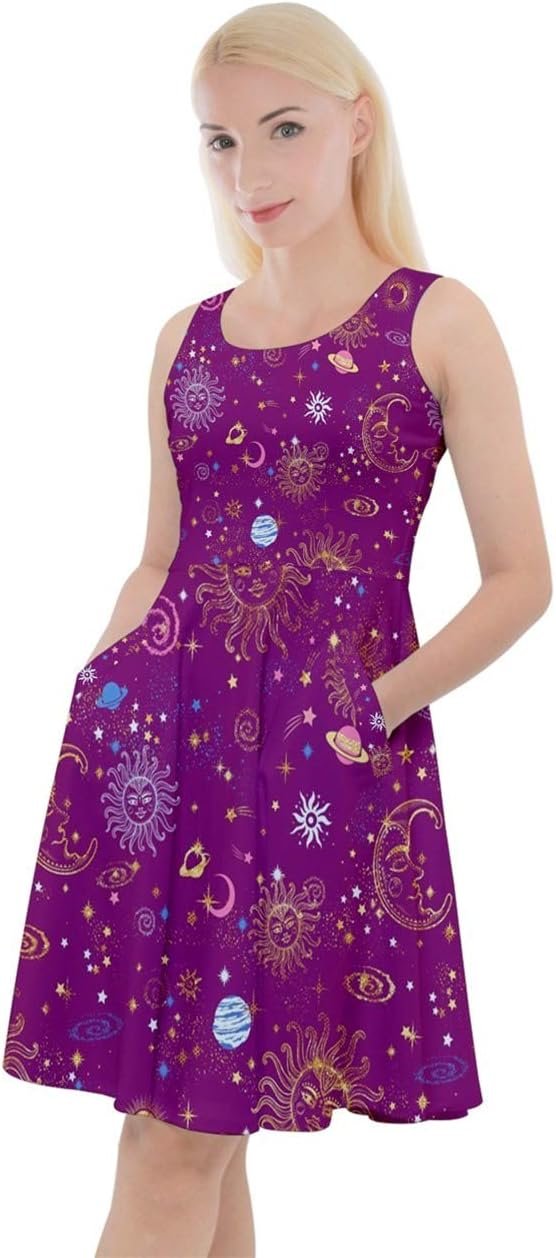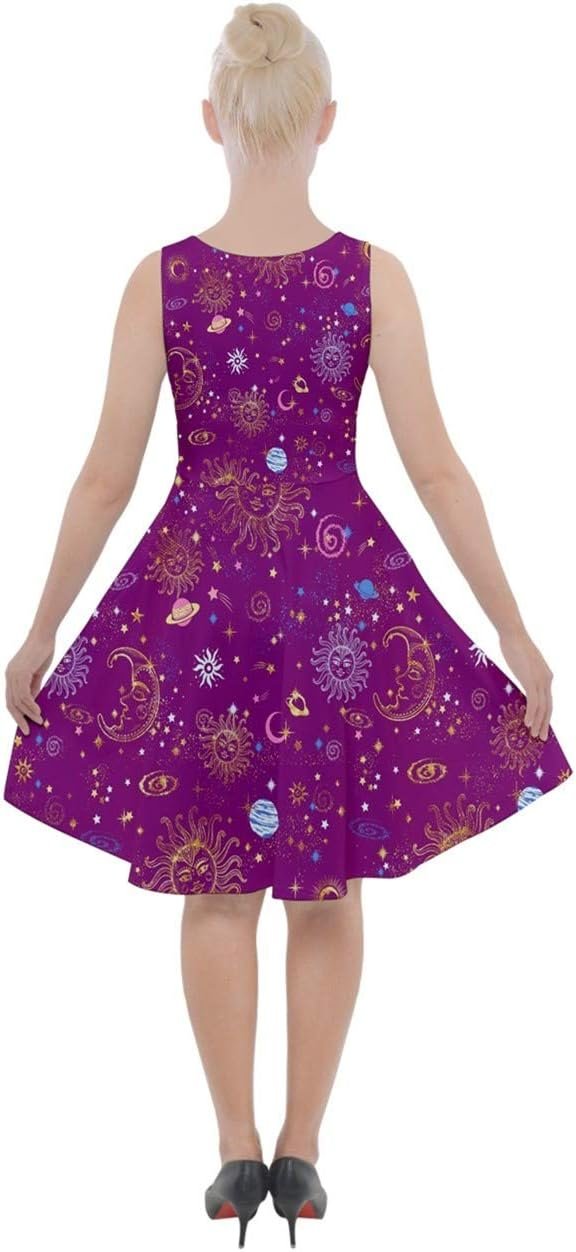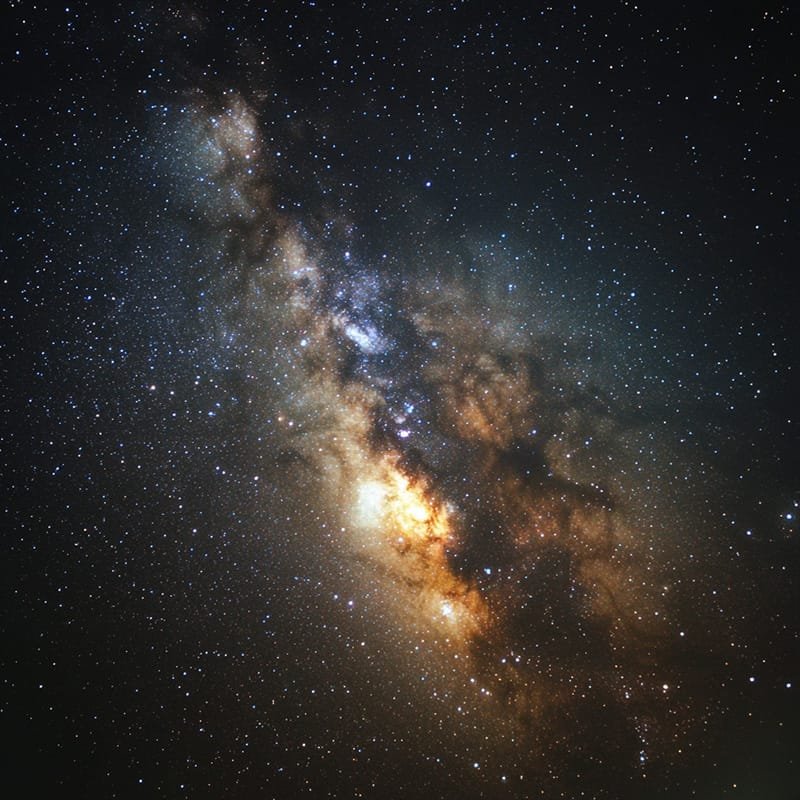Stargazing has always been a popular pastime for people of all ages. There is something magical about looking up at the night sky and seeing the vast expanse of stars and planets. However, in order to fully appreciate the wonders of the universe, it is important to have the right equipment. Choosing the right telescope can make all the difference in your stargazing experience. In this article, we will explore the different types of telescopes and discuss the factors to consider when choosing one.
Key Takeaways
- There are different types of telescopes, including refracting, reflecting, and compound telescopes.
- When choosing a telescope, consider factors such as portability, ease of use, and intended use.
- Aperture size is important for a telescope’s light-gathering ability and image clarity.
- Magnification should not be the only consideration when choosing a telescope, as it can affect image quality.
- Budget-friendly telescopes for beginners include tabletop and Dobsonian telescopes, while mid-range and high-end telescopes offer more advanced features and capabilities.
Understanding the Different Types of Telescopes
There are three main types of telescopes: refractor, reflector, and compound. Each type has its own advantages and disadvantages.
Refractor telescopes use lenses to gather and focus light. They are known for their crisp, clear images and are often recommended for beginners. Refractor telescopes are also relatively low maintenance and easy to use. However, they tend to be more expensive than other types of telescopes and can be quite heavy.
Reflector telescopes use mirrors to gather and focus light. They are known for their ability to gather a large amount of light, making them ideal for observing faint objects in the night sky. Reflector telescopes are also generally more affordable than refractor telescopes. However, they can be more difficult to set up and require regular maintenance to keep the mirrors clean.
Compound telescopes, also known as catadioptric telescopes, combine lenses and mirrors to gather and focus light. They offer a good balance between the advantages of refractor and reflector telescopes. Compound telescopes are compact and portable, making them a popular choice for those who want to take their telescope on the go. However, they can be more expensive than other types of telescopes.
Factors to Consider When Choosing a Telescope
When choosing a telescope, there are several factors to consider. One important factor is portability. If you plan on taking your telescope with you on camping trips or other outdoor adventures, you will want to choose a telescope that is lightweight and easy to transport. On the other hand, if you plan on keeping your telescope in one place, you may be able to choose a larger, heavier telescope.
Ease of use is another important factor to consider. If you are new to stargazing, you will want to choose a telescope that is easy to set up and use. Look for telescopes that come with clear instructions and are designed with beginners in mind.
Budget is also an important consideration. Telescopes can range in price from a few hundred dollars to several thousand dollars. It is important to set a budget before you start shopping for a telescope and stick to it. Keep in mind that more expensive telescopes often offer better image quality and more advanced features, but there are also many affordable options available for beginners.
The Importance of Aperture Size
Aperture size refers to the diameter of the main lens or mirror of a telescope. It is one of the most important factors to consider when choosing a telescope. The larger the aperture size, the more light the telescope can gather, which means brighter and clearer images.
Aperture size also affects the resolution of the telescope. A larger aperture allows for higher resolution, which means you will be able to see more detail in your observations. This is especially important when observing faint objects such as distant galaxies or nebulae.
However, it is important to note that larger aperture telescopes are generally more expensive and can be heavier and bulkier. It is important to find a balance between aperture size and portability when choosing a telescope.
Magnification: How Much is Too Much?
Magnification refers to how much larger an object appears when viewed through a telescope compared to the naked eye. Many people mistakenly believe that higher magnification is always better, but this is not necessarily the case.
Using too much magnification can actually make the image appear blurry and distorted. This is because the Earth’s atmosphere can cause the image to become unstable at high magnifications. It is important to find the right balance between magnification and image quality.
A general rule of thumb is to choose a telescope with a maximum useful magnification of 50 times the aperture size in inches. For example, if you have a telescope with a 4-inch aperture, the maximum useful magnification would be 200x.
Budget-Friendly Telescopes for Beginners

If you are just starting out with stargazing, there are many affordable telescopes available that are suitable for beginners. One popular option is the Celestron PowerSeeker 127EQ. This telescope offers a 127mm aperture and comes with a sturdy equatorial mount. It also includes two eyepieces and a Barlow lens for added versatility.
Another budget-friendly option is the Orion StarBlast 4.5 Astro Reflector Telescope. This telescope offers a 4.5-inch aperture and comes with a tabletop mount, making it easy to set up and use. It also includes two eyepieces and a red dot finder for easy object location.
Mid-Range Telescopes for Amateur Astronomers
If you have some experience with stargazing and are looking for a telescope that offers more advanced features, there are several mid-range options available. One popular choice is the Celestron NexStar 6SE. This telescope offers a 6-inch aperture and comes with a computerized mount that can automatically locate objects in the night sky. It also includes a built-in camera for astrophotography.
Another mid-range option is the Meade Instruments LX90-ACF Telescope. This telescope offers an 8-inch aperture and comes with an altazimuth mount. It also includes a built-in GPS for easy object location and a flip mirror for astrophotography.
High-End Telescopes for Serious Observers
For serious observers who are willing to invest in a high-quality telescope, there are several options available. One top-of-the-line choice is the Celestron CPC 1100 StarBright XLT GPS Schmidt-Cassegrain 2800mm Telescope. This telescope offers an 11-inch aperture and comes with a computerized mount that can automatically locate objects in the night sky. It also includes a built-in camera for astrophotography and a GPS for easy object location.
Another high-end option is the Meade Instruments LX600-ACF 16-Inch Telescope. This telescope offers a 16-inch aperture and comes with a computerized mount that can automatically locate objects in the night sky. It also includes a built-in camera for astrophotography and a GPS for easy object location.
Accessories to Enhance Your Telescope Experience
There are several accessories that can enhance your telescope experience. One essential accessory is an eyepiece set. A good eyepiece set will include a variety of eyepieces with different magnifications, allowing you to customize your viewing experience.
Another useful accessory is a moon filter. A moon filter can help reduce the brightness of the moon, making it easier to observe details on its surface.
A star diagonal is another useful accessory. A star diagonal allows you to view objects at a more comfortable angle, especially when observing objects near the zenith.
Maintaining and Caring for Your Telescope
Proper maintenance and care are essential to ensure the longevity of your telescope. One important step is to keep your telescope clean. Dust and dirt can accumulate on the lenses or mirrors, which can affect image quality. Use a soft brush or compressed air to remove any dust or dirt from the lenses or mirrors.
It is also important to store your telescope in a dry, dust-free environment. Avoid storing your telescope in a damp basement or attic, as this can cause damage to the optics.
Regularly check the alignment of your telescope. Over time, the alignment can become misaligned, which can affect image quality. Use a star test to check the alignment and make any necessary adjustments.
Where to Buy Telescopes and Get the Best Deals
There are several places where you can buy telescopes, both online and in-store. Online retailers such as Amazon and Telescope.com offer a wide selection of telescopes at competitive prices. They also often have customer reviews and ratings, which can help you make an informed decision.
If you prefer to see the telescope in person before making a purchase, you can visit a specialty telescope store. These stores often have knowledgeable staff who can help you choose the right telescope for your needs.
When it comes to getting the best deals on telescopes, it is important to do your research and compare prices. Look for sales and discounts, especially during holidays such as Black Friday or Cyber Monday. You can also sign up for newsletters or follow retailers on social media to stay updated on any promotions or deals.
Choosing the right telescope is essential for a rewarding stargazing experience. By understanding the different types of telescopes and considering factors such as portability, ease of use, and budget, you can find a telescope that meets your needs. Whether you are a beginner or a serious observer, there are telescopes available at every price point. By investing in the right equipment and accessories, you can start exploring the night sky and discovering the wonders of the universe.
If you’re interested in learning more about telescopes and exploring the wonders of the universe, you might want to check out “The Universe Episodes.” This website offers a variety of resources, including an informative article on their blog titled “Choosing the Right Telescope for Beginners.” Whether you’re a novice or an experienced stargazer, this article provides valuable insights and tips on finding a good telescope that suits your needs. To read more, visit https://theuniverseepisodes.com/blog/.
FAQs
What is a telescope?
A telescope is an optical instrument that is used to observe distant objects by collecting and focusing light.
What are the types of telescopes?
There are three main types of telescopes: refracting telescopes, reflecting telescopes, and catadioptric telescopes.
What factors should I consider when buying a telescope?
When buying a telescope, you should consider factors such as aperture, focal length, magnification, portability, and ease of use.
What is the aperture of a telescope?
The aperture of a telescope is the diameter of its main optical component, which is usually a lens or a mirror. It determines the amount of light that the telescope can gather and therefore affects its ability to resolve fine details.
What is the focal length of a telescope?
The focal length of a telescope is the distance between its main optical component and the point where it focuses light. It determines the magnification of the telescope and therefore affects its ability to show distant objects in detail.
What is the magnification of a telescope?
The magnification of a telescope is the ratio of the focal length of its eyepiece to the focal length of its main optical component. It determines how much larger distant objects appear when viewed through the telescope.
How much does a good telescope cost?
The cost of a good telescope can range from a few hundred dollars to several thousand dollars, depending on its size, quality, and features. However, there are also many affordable telescopes that are suitable for beginners and casual observers.











